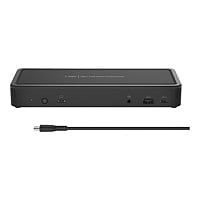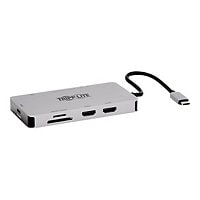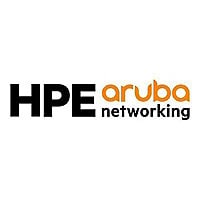
Quick tech specs
- MiMo LTE product with distinctive BAT design
- SiSo or 2×2 MiMo WiFi
- Covert/Discrete internal antenna
- 4G/5G LTE MiMo covering 617-6000MHz
- Active GPS/GNSS with advanced B13/14 filtering
- Up to 5-in-1 solution
Know your gear
The Panorama BAT is range of internal discrete/covert 'all in one' antennas with 2×2 MiMo 4G / 5G (including Band 71), with option of GPS/GNSS, and dual band SiSo or 2×2 MiMo WiFi 2.4/5.0-7.2GHz, including WiFi 6e.
The 4G/5G antennas cover 617-960/1427-6000MHz and provide isolation and low correlation coefficient values for effective MiMo function. The optional GPS/GNSS antenna features a 26dB gain LNA with advance filtering.
The antenna is designed to be mounted on or under a vehicle dashboard but can be mounted on any non-conductive surface. The BAT range is supplied with low loss cables which are flame retardant and meet the requirements of UN ECE 118 and EN45545-2.





























